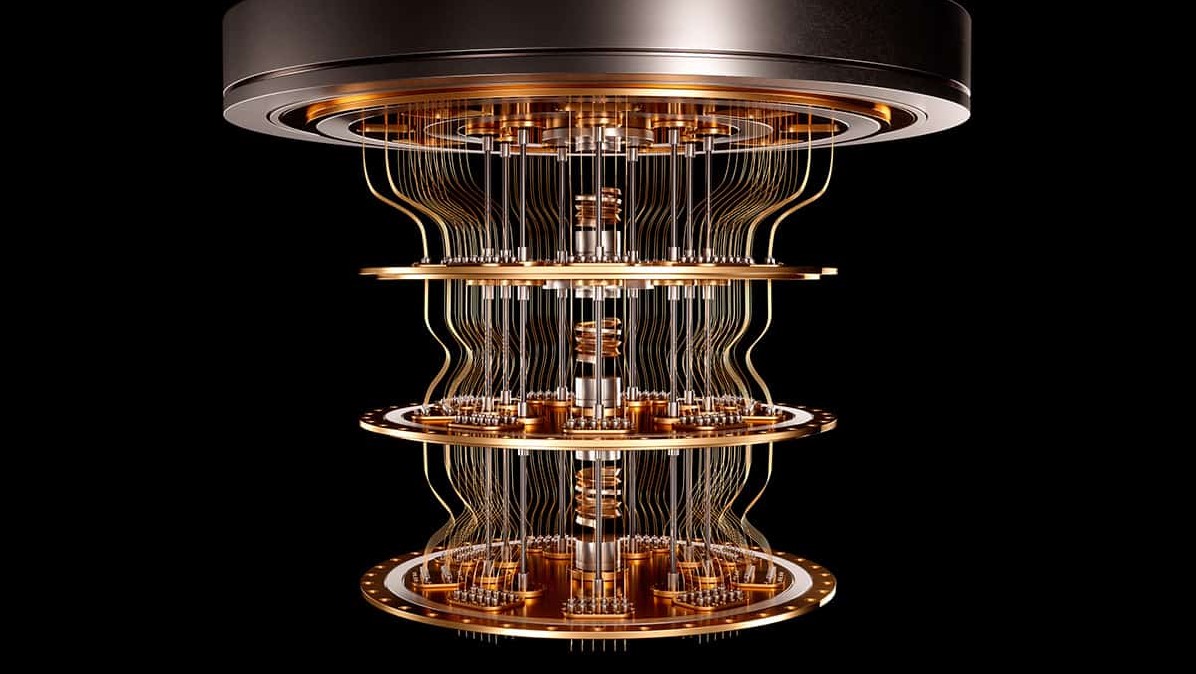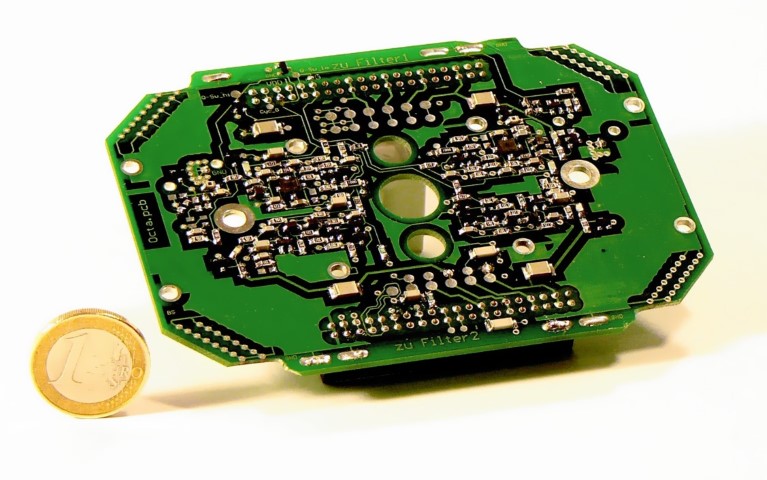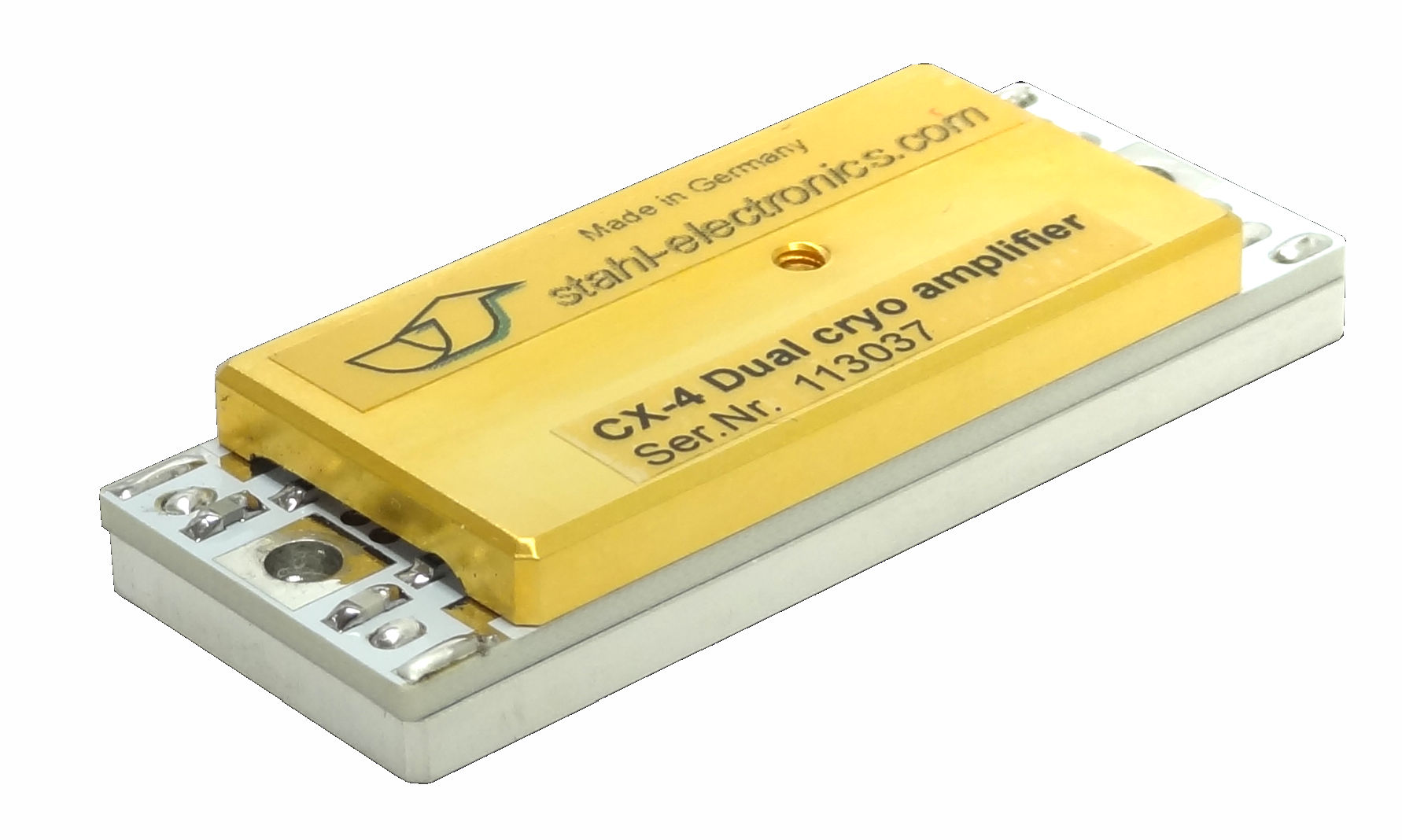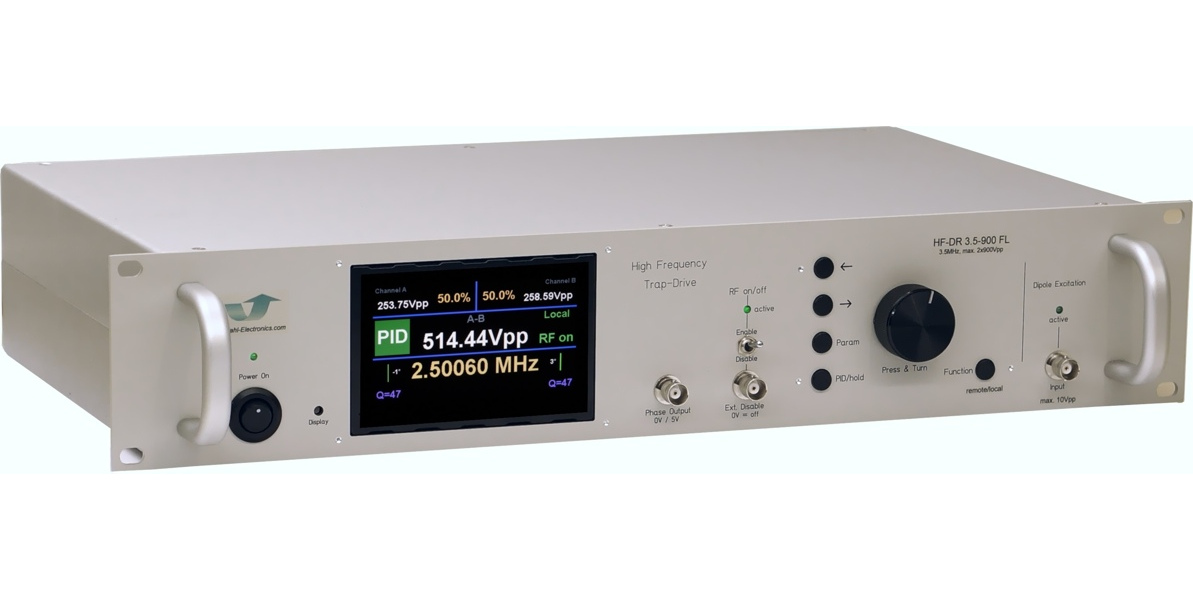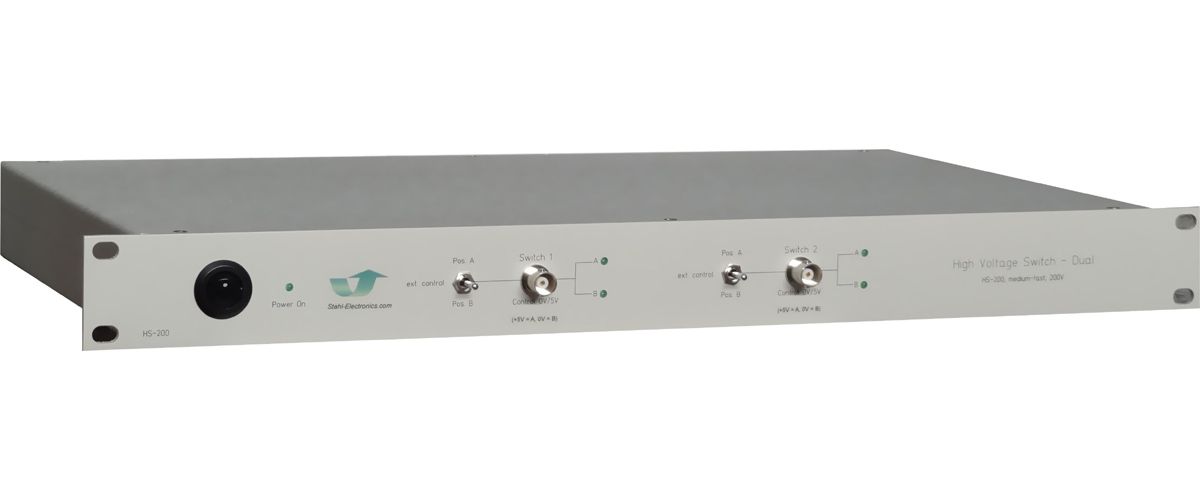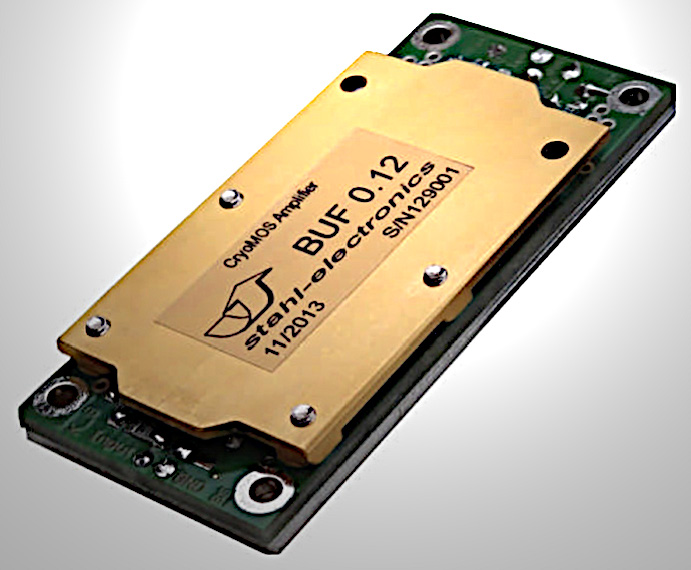Quantum computing is a fast evolving technology. Many scientific and industrial groups strive for advanced coherences times and reliable multi-qubit operations.
Stahl-electronics helps to achieve the required low-noise conditions for cryogenic qubits by establishing the initial operating current (biasing) from a DC source, most notably our BS series. This addresses setups with a variety of qubit types that demand highly stable bias voltages:
- transmon qubits
- CMOS qubits
- GaAs qubits
- SiGe qubits
- spin qubits
For about 5 years, our direct current sources have been constantly progressing due to evolving demands of our customers and partners in scientific projects. Currently, we are aiming at a higher channel count, a higher bit resolution and even lower noise. Parts of these efforts are supported by public funding, e.g. the German project QBriqs (BMBF grant 13N15948).
A related product is the UM series voltages source for even lower temporal fluctuations and the HF-DR-series for ion trap based quantum computing. Low noise amplifiers (CX-4) furthermore assist detection of low-level signals, specially related to low-frequency spin readout.
